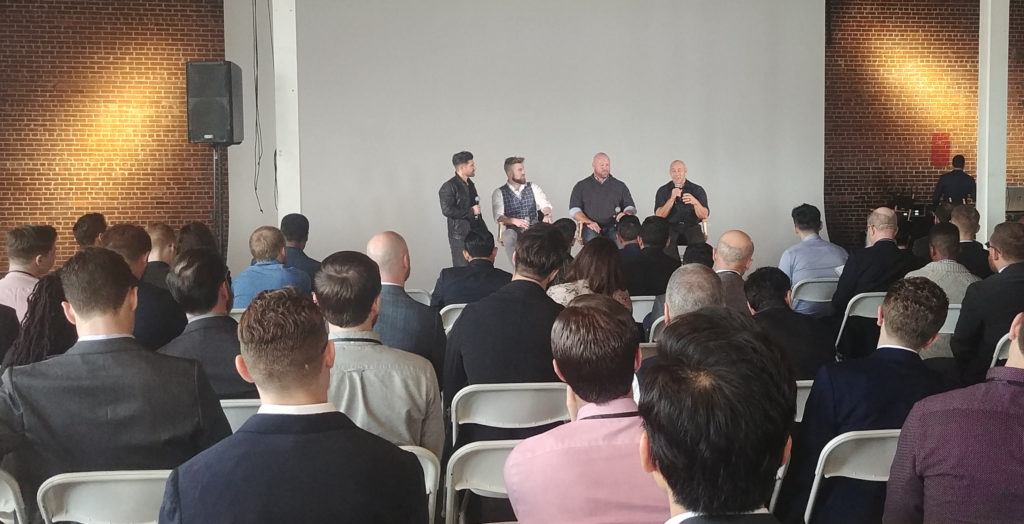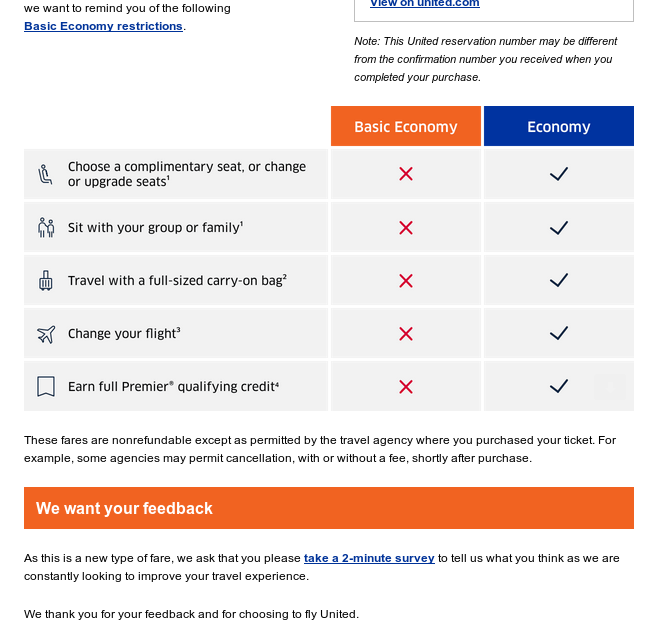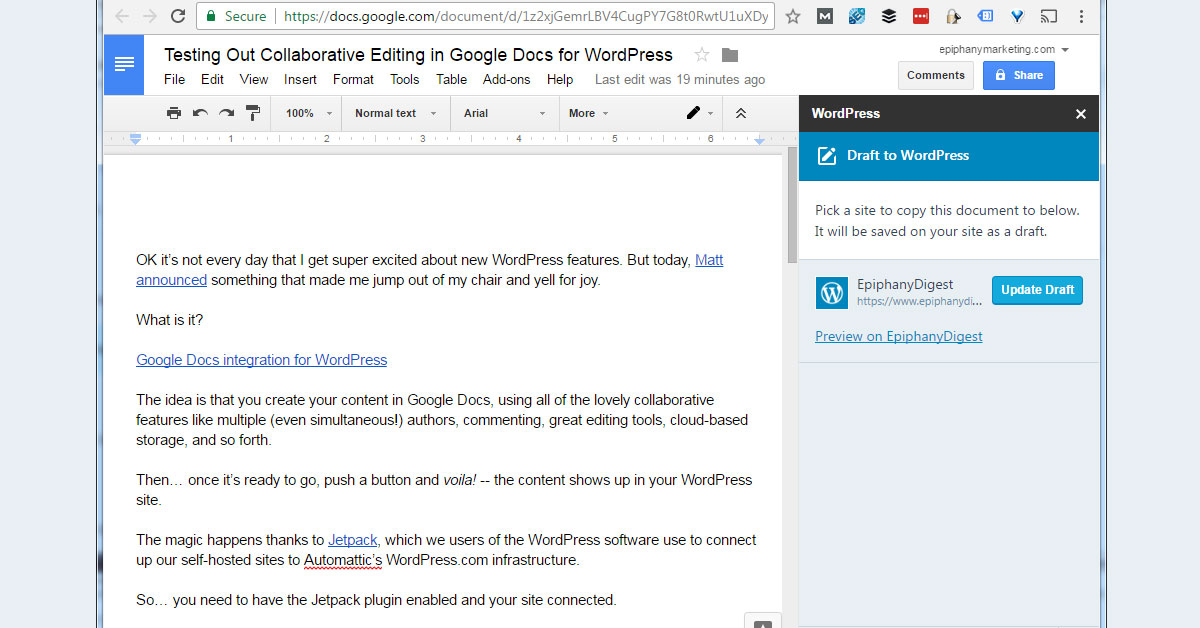TL;DR grep your filesystem for a unique fragment of text that’s likely to only appear in the content you lost when your draft disappeared. Step-by-step instructions here.
Not long ago, we started using DokuWiki as an internal solution for documenting technical details, systems, and best practices in our digital marketing agency. Let me just say that I love the software. It’s easy to install and configure, training users on it is relatively painless, and its simplicity makes it an amazing solution for purposes like ours.
But… like any new system, getting accustomed to its quirks can take some time—especially quirks you don’t run into very often.
Today, I was working on a lengthy new page in DokuWiki and I got busy researching something in another browser tab (or 10). Naturally, I hadn’t hit the “Preview” button, nor had I saved a version.
You can probably guess where this is headed.
I returned to the browser tab where I had DokuWiki open and found the dreaded “editing lock expired” message.
Normally, this wouldn’t be a big deal. We aren’t typically handling lots of concurrent users, so often only one of us is doing any editing at one time, much less the same page. And I’ve found that just by clicking one of the options, I can usually get right back to the editor.
But this was a brand new page that hadn’t been saved yet.
And, being in a hurry, I just started clicking buttons and not paying attention to what I was doing. The next thing I knew, I was looking at an empty editing window..
And this was after spending more than an hour working on the content for the page. It was gone. All of it.
The one thing I had going for me is that I had noticed a “draft autosave” message in the browser at one point. So, I went looking to see if I could find the draft.
Where DokuWiki Stores Drafts
If there had been a saved draft, DokuWiki would have shown it to me when I visited the “edit” screen for that page again. But I didn’t get a message about an existing draft. Also, the “Old Revisions” tab for the page was empty. This made me suspect that my draft had been lost.
So… I connected to the server (via SSH) where the instance of DokuWiki was running and started looking around.
After some Googling, I found that by default, DokuWiki drafts are automatically saved in the /data/cache folder, sorted into numbered subfolders.
Issuing the ls -lt command, I could see which subfolders were the most recent ones, and I looked through them. There were no files with a .draft extension, which explained why DokuWiki hadn’t shown me a draft for my page when I re-opened the editor.
But since I knew I had seen the “draft autosave” message previously, I knew there had been a .draft file at one point. Given that the file no longer existed, surely it had been deleted!
Well that’s great… we can undelete files, right?
Not so fast. This particular server is a VPS instance at Digital Ocean that we use for intranet purposes. Being that it’s a VPS, the typical data recovery tools for Linux like TestDisk and foremost aren’t much help. Virtualized disks means virtualized storage… or something. I’m out of my depths here.
Let’s just say that I tried both of them and didn’t get the result I was hoping for.
Recovering Text Files in Linux
Since DokuWiki stores content in text files on the server, it occurred to me that I should look specifically for a means of recovering .txt files (not even one of the available options in foremost, which has command line options for various file types).
A found a tidbit on recovering deleted plain text files in Linux that gave me some hope. And after just a couple of minutes, I found the entire contents of the last “draft” of my DokuWiki page. Here’s exactly how I did it.
Steps to Recover a Deleted DokuWiki Draft in Linux
- Browse the filesystem on the server where your DokuWiki installation is located. In my case, I used
ssh to connect to our intranet server in a terminal window. - Determine where the partition containing your filesystem is “mounted” in Linux. From my terminal window, I ran the
mount command (on the server, of course) to display a list of mounted filesystems (details on the mount command here). Just running the command by itself with no command line options will display the full list. It’s a lengthy, hairy mess.
On a normal Linux workstation (non-virtualized), you’d typically be looking for something like /dev/sda1 or /dev/sdb2. On the Digital Ocean VPS, I spotted a line that began with /dev/vda1 on / type ext4. I decided to give that a try.
- Next, you’ll need to recall a bit of text from the page you were writing when your draft got lost. The more unique, the better. Also, the longer, the better.
The command we’re going to run is going to look for bits of text and then kick out the results from its search into a file you can look through. If you use a short or common string of text in the search, then you’ll get a huge file full of useless results (kinda like running a Google search for a common word like “the” would produce).
In my case, I’d been working on some technical documentation that had a very specific file path in it. So I used that as my search string. - Run the command below, substituting your unique phrase for ‘Unique string in text file’ (be sure to wrap your text in single quotes, though) and your filesystem location for /dev/vda1
grep -a -C 200 -F 'Unique string in text file' /dev/vda1 > OutputFile
- Wait a few minutes. In my case, the grep command exhausted the available memory before too long and exited.
- Look through the file that got created. You could use a command like
cat OutputFile or, as long as the file isn’t too huge, you could even open the file in an editor like nano by using nano OutputFile. The advantage to the latter method is that you can then use CTRL+W to search through the file.
On my first attempt, I used a shorter, more common phrase and got an enormous file that was utterly useless. When I gave it some thought and remembered a longer, more unique phrase, the resulting file from the second attempt was much smaller and easier to work with. I found several revisions of my draft, and that gave me options to work with. I decided which was the most complete (recent) and went with it.
- Copy the text. You can then paste it somewhere to hold onto it, or just put it right back in DokuWiki. Just be sure you hit “Preview” or “Save” your page this time around.
One quick note: I’m not sure if it was necessary or not, but I actually ran the commands above as “root” by running sudo -i first. I haven’t tested it, but this may actually be a requirement. You might also just be able to preface the commands with a sudo (e.g. sudo grep -a -C 200 -F 'Unique string in text file' /dev/vda1 > OutputFile ). For either of these to work, you’ll obviously need to have an account that has the ability to run sudo.
I hope you find this useful! If so, I’d love to hear about it. Also: if you have questions or problems, you’re welcome to leave those in the comments as well. If I can help, I will gladly do so!






